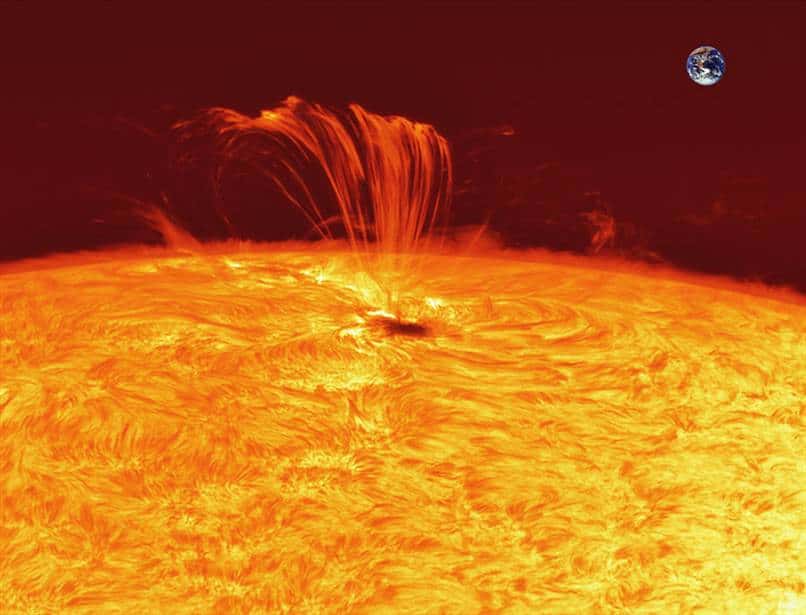Just like our own planet, the sun goes through seasonal changes in its activity, waxing and waning over the course of nearly two years driven by changes in newly discovered bands of strong magnetic fields. This variability helps shape the sun’s long-term 11 year cycle, yet again part of a longer cycle that lasts 22 days. Largely unpredictable, the sun constantly spews highly charged particles known as coronal mass ejections which can severely affect power grids, satellites and even airplane passengers. During its seasonal peaks, however, the sun is much more prone to solar storms, so understanding how this cyclic variability happens is key to averting a potential disaster.

The researchers at the National Center for Atmospheric Research (NCAR) carefully studied data from NASA satellites, as well as ground-based observatories. They found that magnetic bands (fluctuations in density of magnetic fields) rise from the sun’s interior to the surface through a transition region known as the tachocline.
Scott McIntosh, lead author of the new study and director of NCAR’s High Altitude Observatory, likens magnetic bands in the sun’s atmosphere to the Earth’s jet stream, a river of air that encircles the planet.
“Much like Earth’s jet stream, whose warps and waves have had severe impact on our regional weather patterns in the past couple of winters, the bands on the Sun have very slow-moving waves that can expand and warp it too,” said co-author Robert Leamon, a scientist at Montana State University. “Sometimes this results in magnetic fields leaking from one band to the other. In other cases, the warp drags magnetic fields from deep in the solar interior, near the tachocline, and pushes them toward the surface.”
“These surges or ‘whomps’ as we have dubbed them, are responsible for over 95 percent of the large flares and CMEs–the ones that are really devastating,” McIntosh said.
First, the bands start off at the high latitudes and carry opposite magnetic polarity. When they’re far apart, sunspots – and hence solar storms – are at their peak. When the bands migrate towards the equator, the instability terminates and new bands are born at the poles restarting the cycle.
Knowledge like this is fundamental to predicting space weather and taking preemptive measures against a potential solar onslaught. In 1979, solar flares knocked-out long-distance telephone service across Illinois and, in 1989, another flare caused a nine-hour power outage in Quebec, leaving about 6 million people without electricity. New observations on models made on supercomputers will definitely render more insight, but if we’re really serious about studying the capricious sun then we might need to put in place a swarm of satellites. According to McIntosh, just like the current fleet hovering beyond Earth, such satellites could vastly advance solar weather models.
“If you understand what the patterns of solar activity are telling you, you’ll know whether we’re in the stormy phase or the quiet phase in each hemisphere,” McIntosh said. “If we can combine these pieces of information, forecast skill goes through the roof.”






